This site is part of various affiliate programs. Links may give us a small compensation for any purchases you make, at no additional cost to you. Please read the disclaimer policy for full details.
Once you have decided on one of the vast range of Canon, Nikon or Minolta film cameras, you then need to think about the type of 35mm film that you will put in your camera.
Even today, there’s a huge number of different 35mm films available. I’ve been through most of them, and include only the best 35mm films for beginners in this article. They are all easy to source and easy to expose correctly, but bear in mind that there is no one best 35mm film – it depends on what you are shooting.
For example, films like the Fujifilm Velvia are perfect for saturated landscapes, while the cheaper Kodak Gold is ideal for everyday snapshots.
This article will quickly run through the ten best 35mm films, all suitable for those just starting out in film photography.
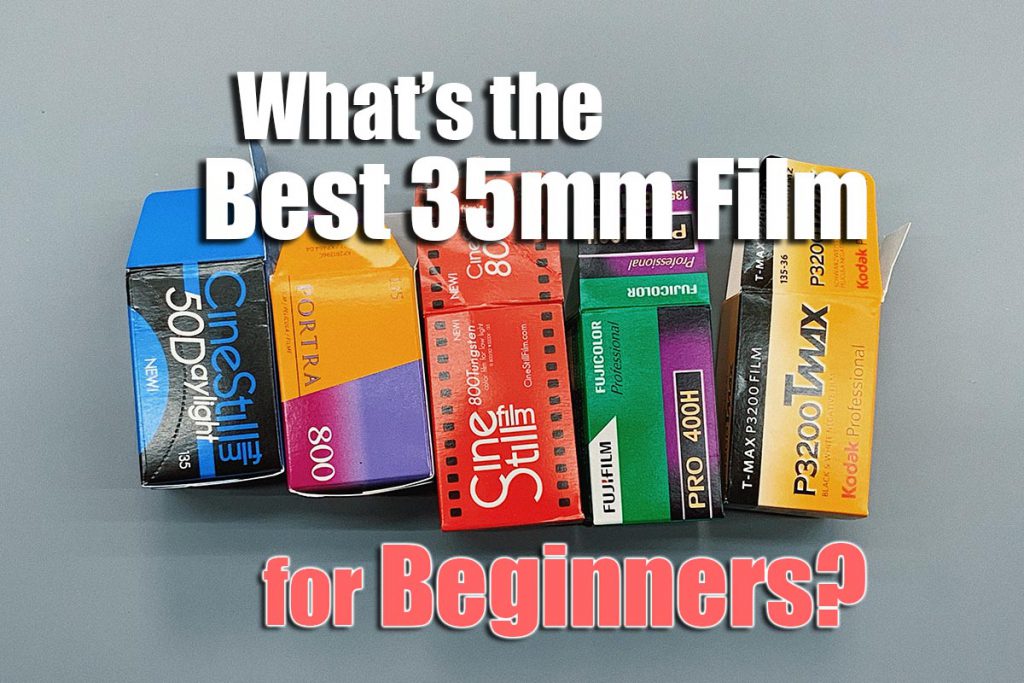
What’s Your Style of Photography?
To determine the best 35mm film for you, you need to think about what style of photography you are interested in. What are the environments you want to shoot in and what aesthetic are you going for?
It might be surprising to know for beginners, but the type of film you choose affects the aesthetic of your photographs. The style of your photography is conveyed through the type of film you choose, as they each record colors and contrast to a different degree, with some films having a very vibrant aesthetic with colors popping out across the landscape, whereas some films create a very somber effect with dulled hues.
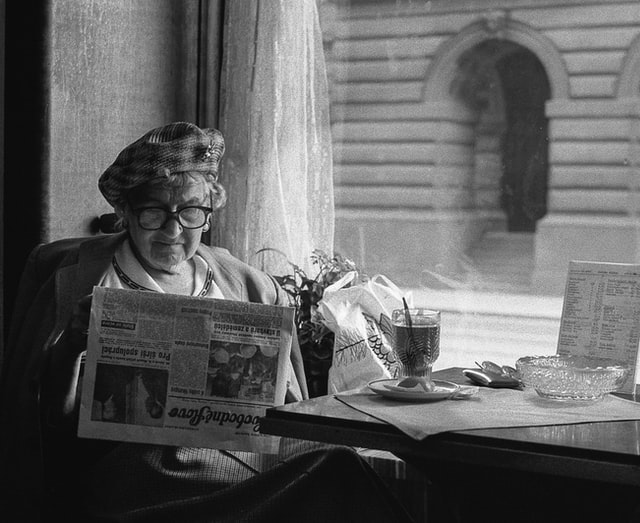
So there is no overall ‘right’ kind of film – it is a matter of deciding the vibe you want to create and the aesthetic you want to be known for. The film you choose should complement the subject of your photographs.
Some people do not have a set aesthetic or want to experiment with different looks. If you feel the same way, you can try out an all-rounder film that gives you more flexibility in the kind of effect you want to create.
What Kinds of Film Are There?
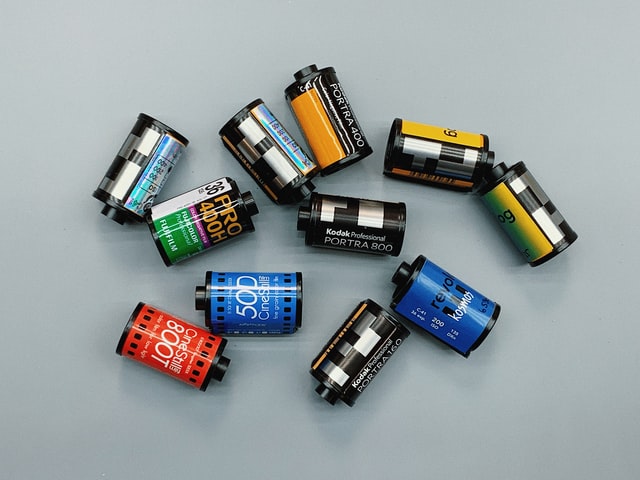
There are 3 kinds of 35mm film that you can use:
- Color Negative: This is the most widely available and most popular kind of film—you can even order it off Amazon. It is developed by C-41, a process that can be done in any kind of photo lab.
If you are keen on digitizing your photographs by scanning the developed film, color negative film is a good way to go because it doesn’t have trouble with the negative tones and orange mask.
Color negatives are typically the best film rolls for beginners as they are the most straightforward to develop. - Black and White Negative: Black and white negative is very popular with artists who want to adopt an ‘artsy’ style. It is also the first choice for many students as you can develop it easily at home.
If you don’t have a lab or you like developing film on your own, a black and white negative is an appropriate option for you.
This doesn’t mean that color negative is impossible to develop at home. It is just a more complicated process whereas developing black and white negative is relatively easier. - Transparency: Also known as slide film, this type of film is very useful for professional photographers as it produces a positive image on the film – colors are the correct and the image is viewable directly on the film. There is no printing stage needed that messes with the quality and drives up cost, as the film can be projected to full size for viewing.
Traditionally, slides would have been used commercirally, sent directly sent to editors for approval or to picture libraries.
You can develop transparency film using E-6, a process readily available in labs but it is not very commonly used anymore, as other kinds of film have a wider range of possible uses.
10 of the Best 35mm Films for Beginners
These different types of 35mm film are listed in no particular order, with any of them making a good 35mm film for beginners.
Kodak Colorplus
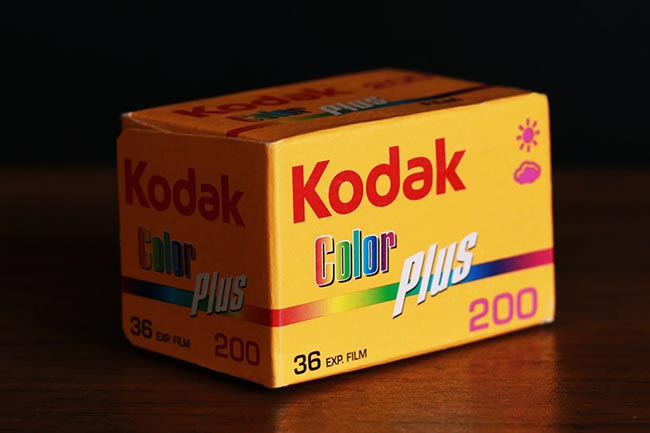
Kodak Colorplus is a color-negative film with vibrant color and high resolution. It gives you consistent results and the processing is robust. It is best used in the daylight or with an electronic flash.
If you are fairly new to photography, shoot at box speed and have the film developed in a lab for best results, although this can be pushed if you know what you are doing.

- Pros:
- Suits both amateurs and professionals
- Amazing color
- Quite affordable
- Cons:
- Pushing and pulling could result in muddy photographs
Kodak Professional Portra 160
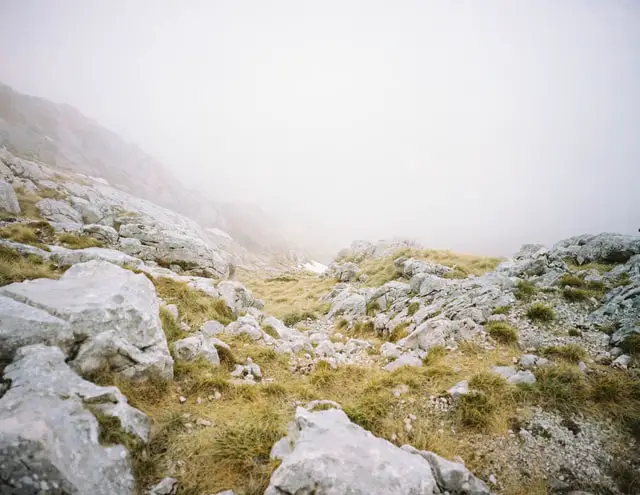
Kodak Professional Portra 160 is a color negative film that is capable of achieving consistent results even in less than ideal lighting.
The best feature of this film is the way it captures the hues in the shadows. It is also amazing at bringing out the undertones in the skin, making it very popular for portraits.
- Pros:
- Gives great results in different kinds of lighting situations due to lower ISO count
- Available in many different sizes
- Portraits turn out amazing because it captures the skin undertones too
- Cons:
- Contrast is not that good
Kodak Ektar 100
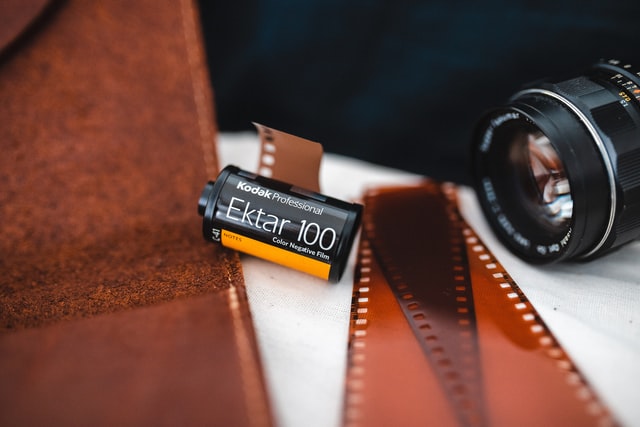
Kodak Ektar 100 is a very versatile color-negative film. It has high saturation and the sharpness is amazing. Commercial photographs that frequently need to be enlarged or blown up can be shot on this film.

- Pros:
- T-grain gives high saturation, which is useful for scanning
- A lot cheaper than transparency film
- Easily available C-41 processing
- Cons:
- Slightly more expensive
Kodak Professional Portra 400
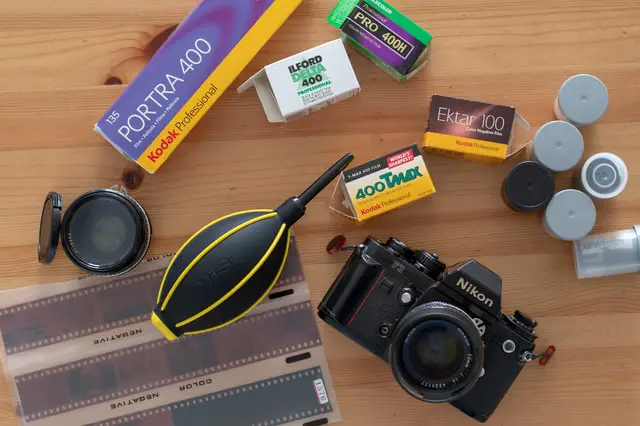
Kodak Professional Portra 400 is a color-negative that is well liked by professionals because it gives crisp images in most situations. This kind of reliability is very important for professionals who work in different locations every day.
It gives a warm feel to the images but the images don’t seem unrealistic.
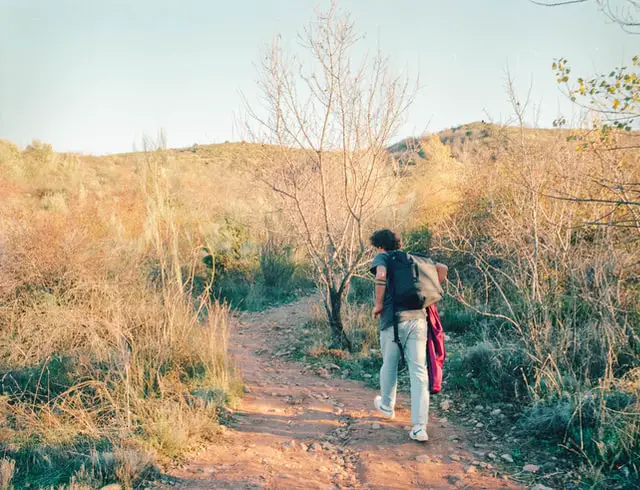
- Pros:
- Very accurate color that blends well together
- Easily managed in different locations
- Very strong contrast and sharp image
Kodak Gold 200 [Best Cheap 35mm Film]
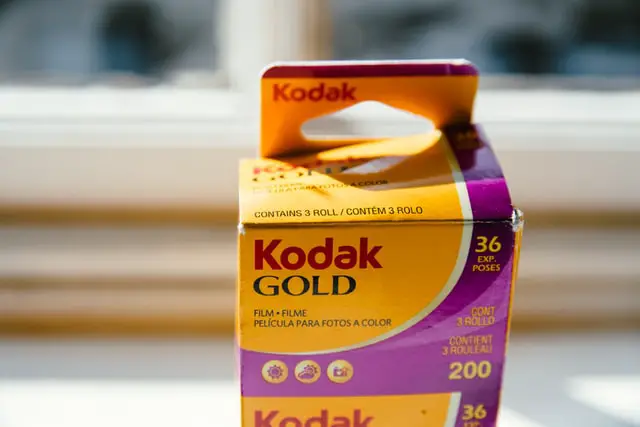
This is very popular among students and amateurs as it is cheap and available almost everywhere. It has a nice, warm contrast and the exposure is always perfect no matter who shoots the image.
This is the color-negative film most often used by families for holiday shots or family pictures.

- Pros:
- One of the most affordable films on this list
- Great for harsh light conditions due to lower ISO count
- Exposure latitude is quite wide
Kodak Professional Portra 800

The Portra 800 is a higher ISO version of the Portra 400. It has better contrast and the higher grain brings out the texture in the images. It has warm colors and balanced exposure.
The graininess gives an aesthetic feel without looking low quality.
- Pros:
- Very realistic texture
- Great for low light locations
- Handy for portraits too as it brings out skin undertones beautifully
- Cons:
- A little expensive
Kodak Professional Ektachrome E100
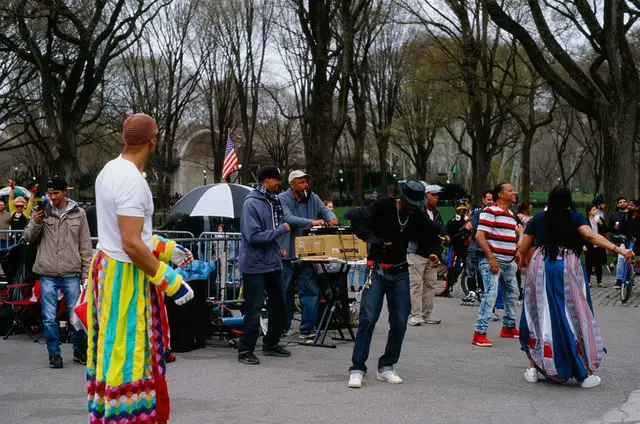
Kodak Professional Ektachrome E100 color-negative has an imitable and unique formula that makes the images very distinct from other films.
The colors are amazingly vibrant yet realistic. This is achieved by keeping the tones very neutral. The undertones in skin color are also very life like. The contrast is deliberately low to keep the image well balanced.
- Pros:
- Vibrant color
- High saturation
- Low contrast for balanced images
Kodak TRI-X 400
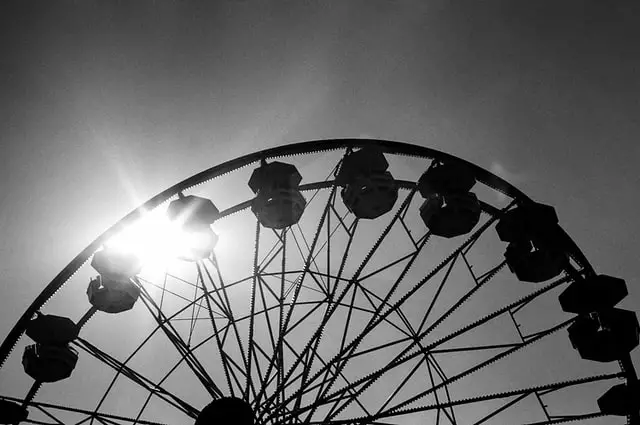
Kodak TRI-X 400 is a black and white negative film that was widely used for documentaries. It is very well known in the film community and is revered as an iconic film of its time.
It captures very concentrated details and the high contrast gives crisp, sharp images.
- Pros:
- Adds intensity and delivers realistic images
- The muted grain adds subtle texture
- All the details are very prominent due to the high contrast
Ilford XP2 Super
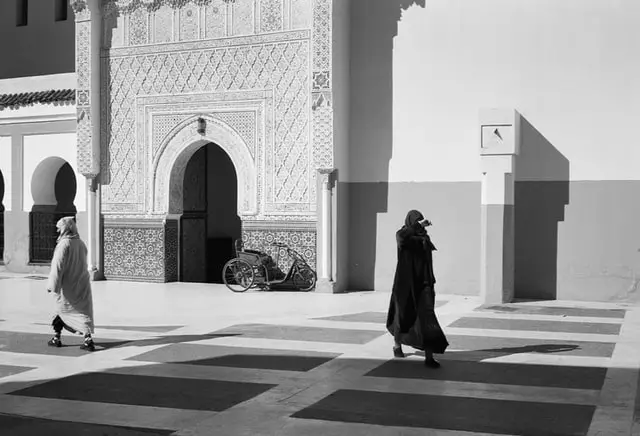
Ilford XP2S is a classic black and white negative. It is a very solid choice as it performs well all around. Beginners wanting to try out black and white photography will find this film a very good starting point.
- Pros:
- The speed is ISO 400, but it is possible to push it up to ISO 3200
- Wide latitude in expsoures and handles highlights very well
- Pretty affordable
Fujifilm Velvia 50

Fujifilm Velvia is one of the best transparency films available. The saturation is extremely high and gives you very rich colors. The contrast is also very strong, resulting in vivid, vibrant images.
This is a favorite of landscape photographers.
- Pros:
- Amazing color and crisp, clear images
- High resolution and very fine grain
- The best transparency film available right now
- Cons:
- The price is rising
- Lacks subtlety
Read More:
Complete guide to the best film cameras for beginners
What are the best Canon film cameras?
Guide to the best Nikon film cameras

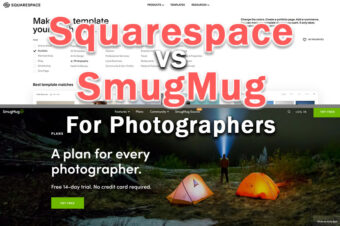

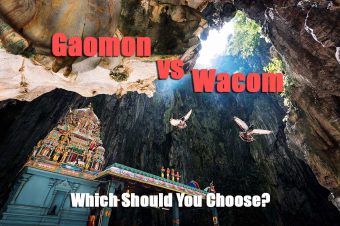

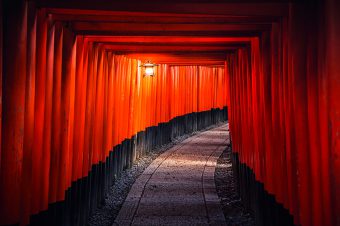
Leave a Reply